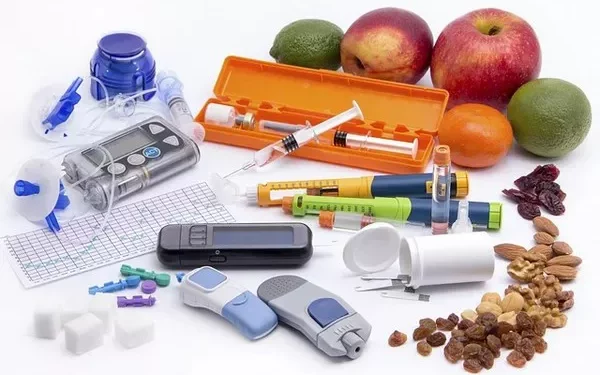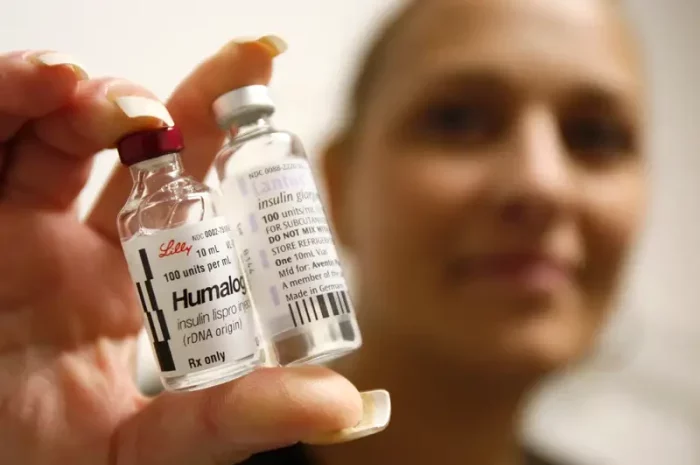At the 75th Diabetes World Congress in Bangkok last week, the International Diabetes Federation (IDF) officially acknowledged Type 5 diabetes as a distinct form of the disease. This recognition is a significant step in addressing a growing health crisis among lean, malnourished young adults in low- and middle-income countries. IDF President Peter Schwarz emphasized that the classification of Type 5 diabetes marks a historic shift in global diabetes care, pointing out that millions had previously suffered from this condition without access to the necessary medical support. With an estimated 25 million individuals affected globally, this new classification offers renewed hope for better diagnosis and treatment.
A Decade of Advocacy for Recognition
The origins of Type 5 diabetes date back to 1955 when it was first identified in Jamaica as “J-type diabetes.” By 1985, the World Health Organization (WHO) coined the term “malnutrition-related diabetes mellitus,” but this label was abandoned in 1999 due to insufficient supporting evidence. Despite this, cases of the condition continued to emerge in countries such as Sri Lanka, Bangladesh, Uganda, Ethiopia, and Rwanda, where malnutrition is prevalent. A pivotal 2023 meta-analysis published in The Lancet Diabetes & Endocrinology strengthened the connection between malnutrition and pancreatic dysfunction, prompting the IDF to formally reclassify the condition as Type 5 diabetes in early 2025, with official endorsement in April. This reclassification addresses a long-standing oversight in the global health community.
Defining Type 5 Diabetes
Type 5 diabetes predominantly affects young adults and teenagers with a body-mass index (BMI) below 18.5 kg/m². Unlike Type 1 diabetes, which is caused by autoimmune destruction of insulin-producing cells, and Type 2 diabetes, marked by insulin resistance, Type 5 is primarily driven by malnutrition-induced damage to pancreatic beta cells. This damage results in insulin secretion levels that are up to 70% lower than normal, without the presence of insulin resistance.
The key symptoms of Type 5 diabetes include extreme fatigue, weight loss, and frequent infections, often leading to misdiagnosis as another form of diabetes. Body scans show significantly lower fat percentages (10-12%) compared to the typical 20-25% in healthy adults. Nutritional assessments reveal deficiencies in critical nutrients such as proteins, zinc, and vitamin A, all of which are vital for maintaining pancreatic health. Importantly, Type 5 diabetes is not associated with autoimmune or genetic triggers, distinguishing it from other forms of the disease.
The Impact of Malnutrition
Type 5 diabetes is closely linked to severe insulin deficiency and poor metabolic control. It often originates during fetal development, where maternal malnutrition impairs the growth and function of the pancreas. According to a 2022 WHO report, approximately 200 million children under the age of five in low-income countries suffer from stunting due to chronic malnutrition—a major risk factor for the development of Type 5 diabetes. In regions such as South Asia and sub-Saharan Africa, historical famines and ongoing food insecurity exacerbate the problem. While urbanization has led to an increase in Type 2 diabetes due to overconsumption, the persistence of undernourishment continues to fuel the rise of Type 5 diabetes in vulnerable populations.
Treatment Approaches and Future Directions
Managing Type 5 diabetes focuses primarily on addressing the underlying issue of malnutrition. High-protein diets, including affordable sources such as legumes and fish, are essential for promoting weight gain and controlling blood sugar levels. Dietary adjustments in carbohydrates and healthy fats are made based on the individual’s BMI and activity levels. In terms of medication, drugs like metformin or low-dose insulin may be prescribed based on the patient’s blood glucose levels. However, nutrition remains the cornerstone of treatment.
Previously, misdiagnosis led to the use of inappropriate treatments, including high-dose insulin, which could cause dangerous hypoglycemia in malnourished patients. With the official recognition of Type 5 diabetes, the IDF is working to establish standardized treatment protocols to improve patient outcomes.
A Turning Point in Global Health
The official recognition of Type 5 diabetes by the IDF represents a critical turning point in the global fight against diabetes. Affecting millions of undernourished young adults in low- and middle-income countries, Type 5 has long been ignored or misdiagnosed. The condition’s connection to malnutrition-induced pancreatic damage underscores the profound impact of food insecurity, from maternal malnutrition to chronic undernourishment. The reclassification of Type 5 as a form of severe insulin-deficient diabetes opens the door for more accurate diagnoses and tailored treatments, emphasizing nutritional interventions over ineffective therapies like high-dose insulin.
As the global health community begins to prioritize Type 5 diabetes, this recognition offers hope to millions in regions where malnutrition remains a persistent problem. By focusing on accurate diagnosis, appropriate care, and comprehensive treatment strategies, the IDF’s decision has the potential to transform Type 5 diabetes from a neglected health issue into a priority for public health, ultimately improving outcomes for vulnerable populations and addressing the twin burdens of malnutrition and diabetes in resource-constrained settings.
Related topics:
Comprehensive Medication Reviews Enhance Diabetes Care for Older Adults, Study Reveals
GLP-1 Drug Prescriptions Rise Among Type 1 Diabetes Patients Amid Obesity Surge
Best Breakfast Choices to Manage Type 2 Diabetes and Lower Blood Sugar



























